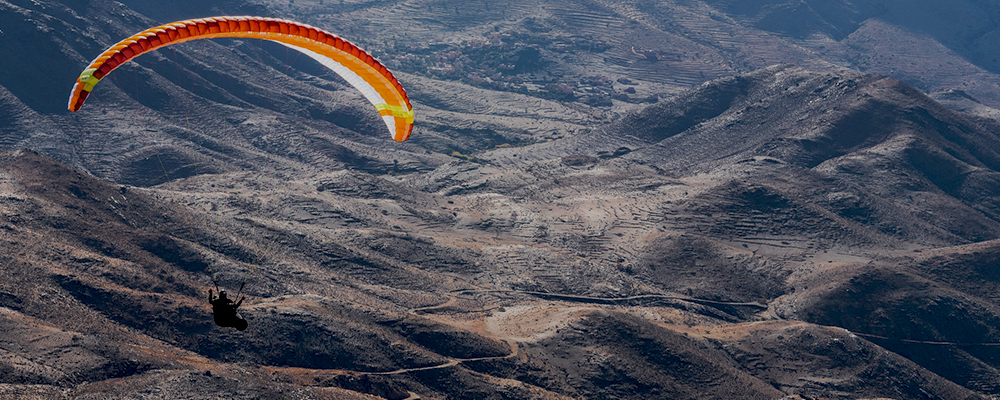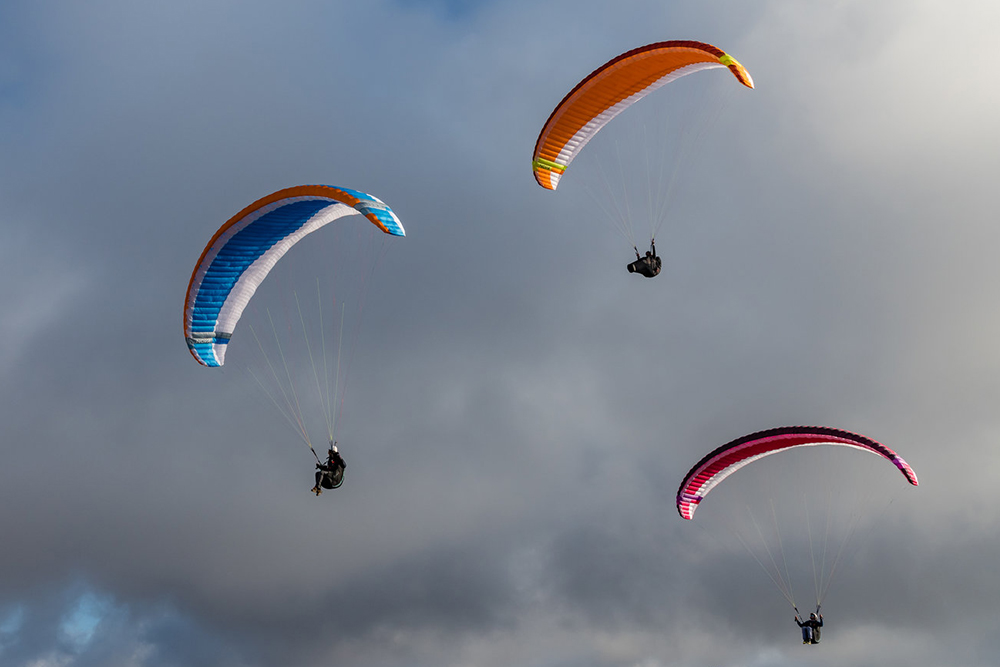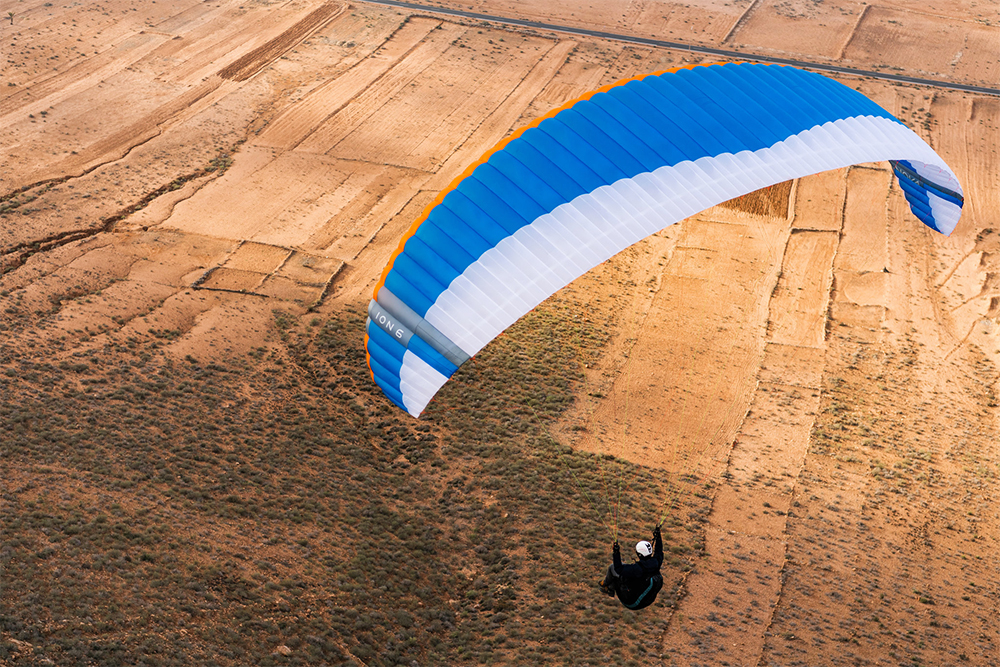
30 tips for successful cross-country flying
#10: All birds fly high – high – high

In his book CrossCountry, Burkhard Martens recommends always flying as high as possible. Even if the guys ahead are already chasing to the next thermal or if you have the feeling that every one is flying much faster than you ... The higher you get, the higher you will arrive after the next glide, and maybe even over the next ridge, where the next thermal is waiting for you. Of course, flying far means flying fast. But the first rule is: don’t land.

Especially at the beginning of your cross-country career (or at the beginning of the season) you should concentrate on flying as long as possible. If you‘re in the air for ten hours or more, you‘ll go a long way. Speed only becomes relevant much later. By then you will already know the crunch points and know which thermals are strong and consistent – or which ones are just weak bits of lift.